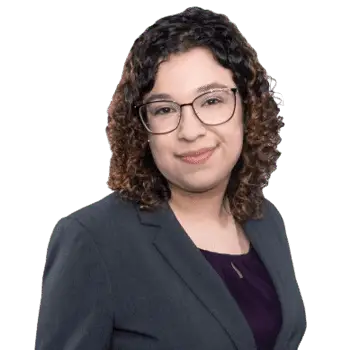Florida is grappling with a dangerous opioid epidemic. The misuse of opioids, including prescription drugs and heroin, has devastating consequences for individuals, families and communities across the state.
Florida Opioid Addiction & Abuse Statistics
The statistics surrounding opioid addiction in Florida are alarming:
- In 2021, there were over 8,000 reported opioid-related deaths in Florida.
- Fentanyl-related overdose deaths increased by 9% from 2020 to 2021.
- In 2022, over 11.5 million opioid prescriptions were dispensed in Florida.
How to Know If Someone Is Addicted to Opioids
Identifying opioid addiction can be challenging, but there are common signs to look out for:
- Behavioral change, such as increased secrecy or sudden mood swings.
- Physical symptoms, like drowsiness, weight loss or frequent flu-like symptoms.
- Neglecting responsibilities at work, school or home.
- Using opioids even when it’s causing health problems or issues in their personal life.
How Opioid Addiction Happens
Opioid addiction can happen to anyone. It often begins with a legitimate pain relief prescription after an injury or surgery. However, because opioids are highly addictive, people may be unable to discontinue usage even after their pain has subsided.
Treatment Can Be Life Changing. Reach out today.

Risks of Opioid and Opiate Misuse
Misusing opioids can lead to a range of health and social problems, including:
- Overdose and death
- Mental health conditions, like anxiety and depression
- Relationship issues and social isolation
- Legal and financial problems
Medications for Treating Opioid Addiction
Medication-assisted treatment (MAT) treats opioid and opiate addiction with a comprehensive approach, combining medication with counseling and behavioral therapies. This is a proven method for helping individuals sustain recovery and reduce the risk of overdose.
Three FDA-approved medications are commonly used in MAT: buprenorphine, methadone and naltrexone.
Buprenorphine:
- This is an opioid agonist, which means it binds to the same opioid receptors in the brain as the addictive opioid, but in a safer and controlled manner.
- It helps to alleviate withdrawal symptoms and reduce cravings.
- Buprenorphine has a “ceiling effect,” which means its effects do not increase after a certain dosage. This lowers the risk of addiction and misuse.
Methadone:
- Like buprenorphine, methadone is also an opioid agonist.
- It must be administered under a healthcare provider’s supervision due to its potential for misuse.
Naltrexone:
- Naltrexone works differently from buprenorphine and methadone. It is an opioid antagonist, which means it blocks the effects of opioids.
- If a person relapses and uses the drug, naltrexone prevents the feeling of getting high.
- It’s often the preferred choice for individuals who have already completed detoxification.











